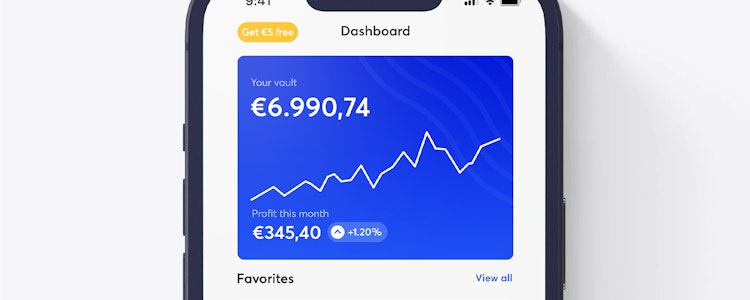News - This is what Ethereum and Solana are arguing about
By
This is what Ethereum and Solana are arguing about
Bullish news about Solana rekindles old debates about the potentially dominant blockchain technology.
Yes, the crypto sector is deep in a bear market. This is reflected in the fact that the (remaining) proponents seem to think of nothing better than to open a new round of "my blockchain against your blockchain." Once again in the spotlight: Solana and Ethereum. Both actually have nothing to complain about. That's why there's an argument.
In the left corner is the project that with flowering Layer 2- and Staking ecosystems continuously reached new all-time highs, at least at the fundamental level. In the right corner is the project that not only seems to have survived the collapse of FTX. No, Solana is also scoring commercial successes in the 2023 recovery year, including a Shopify partnerschip and most recently the integration of Visa in USDC for global payment processing. The reason for the latest "row," however, is the announcement by MakerDAO boss Rune Christensen, who wants to use Solana's code for his "NewChain" project. He rejected all Ethereum implementations as unsuitable. Outrage immediately followed.
The old story: tribalism in cryptospace
Ethereum founder Vitalik Buterin in particular did not seem to like this news very much. The established DeFi-player MakerDAO "torpedoes itself in strange directions," Buterin said in a Discord-server. He promptly divested himself of the rest of his MKR shares. Whether this was in protest of the Solana integration or the general direction of the DeFi project is not clear. But not only Buterin, but broad sections of the Ethereum community seemed unenthusiastic about Christensen's presented "Endgame" plan. References to Ethereum's existing Layer 2 solutions, such as the OP stack, poured in from the Maker founder. He was visibly trying to calm the crowd.
Guys...
— Rune (@RuneKek) September 2, 2023
Ethereum is great
Solana is great
Cosmos is great
etc.
All chains are increasingly interconnected and synergize to form a global multichain network economy.
Tribalist incels(of every flavor) are in the wrong decade, go back to bitcoin and let the rest of us build.
Meanwhile, what the Ethereum community loathed as rash recklessness, Solana supporters saw as clear encouragement. Although Ethereum supporters pointed to Solana's past failures. Christensen's decision gives the "fastest blockchain in the world" the "recognition it deserves," as one user on X claimed. The proposal is a "testament to the hard work and engineering behind Solana," another found.
Solana and Ethereum: better together?
There were also attempts at reconciliation on the part of Solana founder Anatoly Yakovenko. "All people in crypto," he said, were "good people" who made the most of it by asking constant, critical questions. His reference suggests that the crypto sector is more likely to achieve the long-awaited mass adoption, not man against man, but hand in hand.
Gentle remindooooor
— toly 🇺🇸 (@aeyakovenko) September 3, 2023
Ah I am reminding https://t.co/8Y5ED1czX9
In Visa's recent integration of USDC payments, the company is using both Solana and Ethereum. MakerDAO also has no plans to abandon Ethereum, only to use Yakovenko's blockchain code for efficient back-end design. So coexistence seems not only possible, but inevitable for the desired adaptation. In this context, Christensen speaks of the "global, multichain network economy" that blockchains will soon constitute. Examples such as LayerZero or the new CCI protocol from Chainlink show that developers are already preparing for this future.
For upcoming users, it does not matter what technology is being used in the background. What matters to them is the front-end user experience. According to the Maker founder, Ethereum is still best suited for the "user-facing side" because of its network effects. In the coming years, it is conceivable that hybrid projects such as Neon EVM prevail. If the "fastest blockchain in the world" and one of the most secure combine, crypto could once again move much closer to the Web3 dream.






